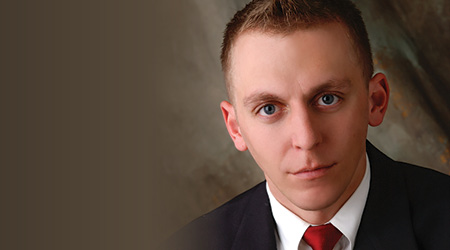
Before I turn the calendar and welcome the New Year, I can’t help but reflect on some pretty significant changes that occurred in recent months. One of my closest colleagues left the business to pursue a more fulfilling career in parenthood. My father — who is also my boss — found himself in delicate health and opted to dive further into retirement. And those of us left in the office dug in our heals and managed to grow the business by 20 percent in the fourth quarter.
Less significant, but a change nonetheless, I found myself with a rare and interesting period of downtime in late December. I used the time to move my office from a dark corner of the building, to a larger, more efficient space. I also tackled the task of consolidating our archives.
My father has always been a bit of a historian and a bibliophile enthusiast — a hobby he picked up in the mid 1970s. Thusly, our cleaning library is quite massive. It consists of every major cleaning issue, product flop or innovation, safety article, ergonomic practice resource and training material dating back at least 30 years.
As I went through the 10 filing cabinets and two bookcases full of cleaning history, I became a bit shocked. It wasn’t that I learned something new, but instead, I realized that the major issues in the professional cleaning industry have not changed much in 30 years.
These three trends were the most recurring themes, and I hope that by bringing them to light, we can begin addressing them in a meaningful way:
Safety. We need to come together as practitioners and tackle this as an industry-wide issue. What are the best strategies for preventing injuries to our workers and building occupants? We score high as one of the most injured working groups, according to the Bureau of Labor Statistics.
Education. I harp on this one a lot. It’s not because the needle on the record is stuck, but because it’s probably one of the greatest challenges we face as a profession. First, there isn’t a whole lot out there that is widely accepted as industry best practice in terms of procedure and standards. Second, there isn’t much out there in terms of certification for managers, trainers and workers. Instead, education has been largely provided by producers of tools and chemicals. This is not necessarily bad, but it can limit end user input.
Value. In other words, putting a value on cleaning. I found several magazine covers addressing this topic, a box of marketing literature, and a number of case studies on product driven research outlining how tools, equipment and chemicals have added value to cleaning over the years. Everyone wants to define the value of clean, but not a lot of ground has been covered in this regard. There’s a lot of info on clean appearances and spend, but appearances are subjective and there are many methods to achieving a clean look.
I bring this up not to demotivate or to criticize, rather, I found it very useful in identifying my path forward. I experienced a lot of change in 2016, and based on what I found in my archives, my 2017 goals will follow suit. With any luck, when someone goes through these files again in 30 years, we will have advanced the profession a little further down the road.
BEN WALKER is the Director of Business Development for ManageMen, Inc., a leading cleaning industry consultancy specializing in training, transitions, auditing and educational materials. In addition to his consulting work, Walker is the author of ISSA’s best selling book: 612 Cleaning Times and Tasks.

 The Down and Dirty on Cleaning in Virus Season
The Down and Dirty on Cleaning in Virus Season How Surfactant Use is Expanding in Commercial Cleaning
How Surfactant Use is Expanding in Commercial Cleaning Clean Buildings Conference
Clean Buildings Conference
